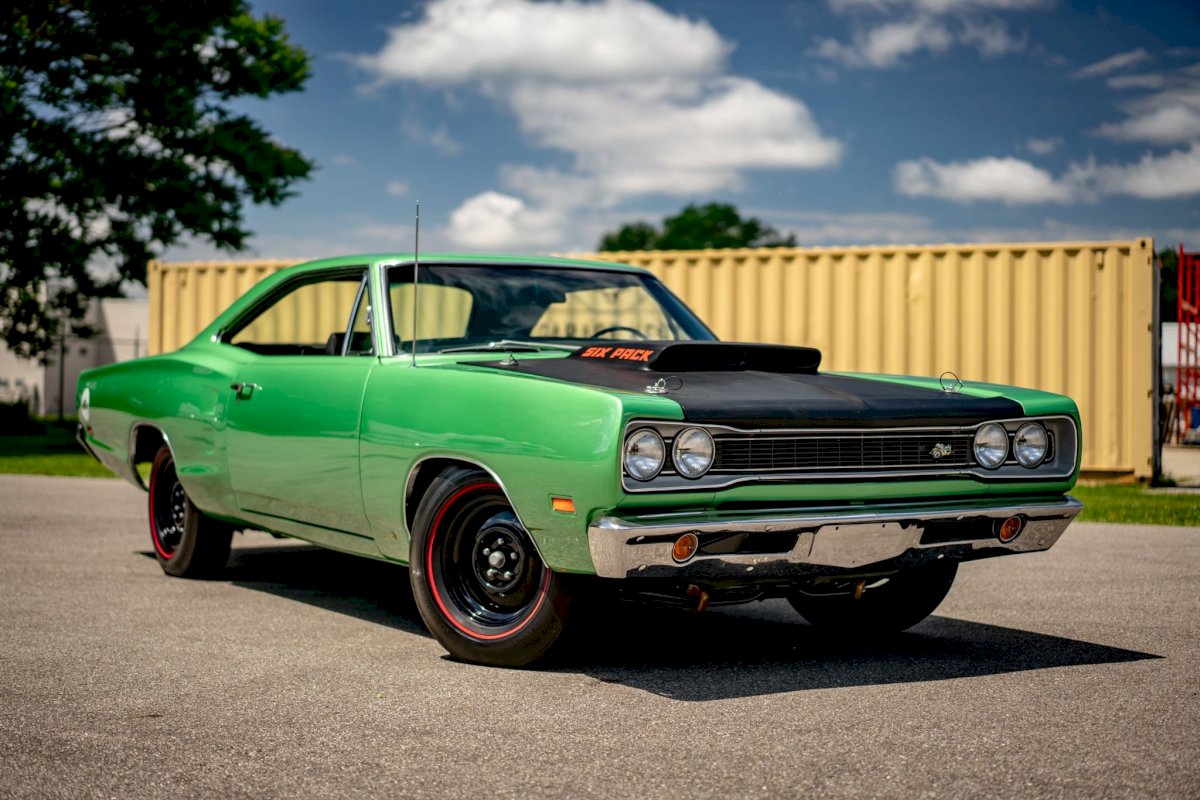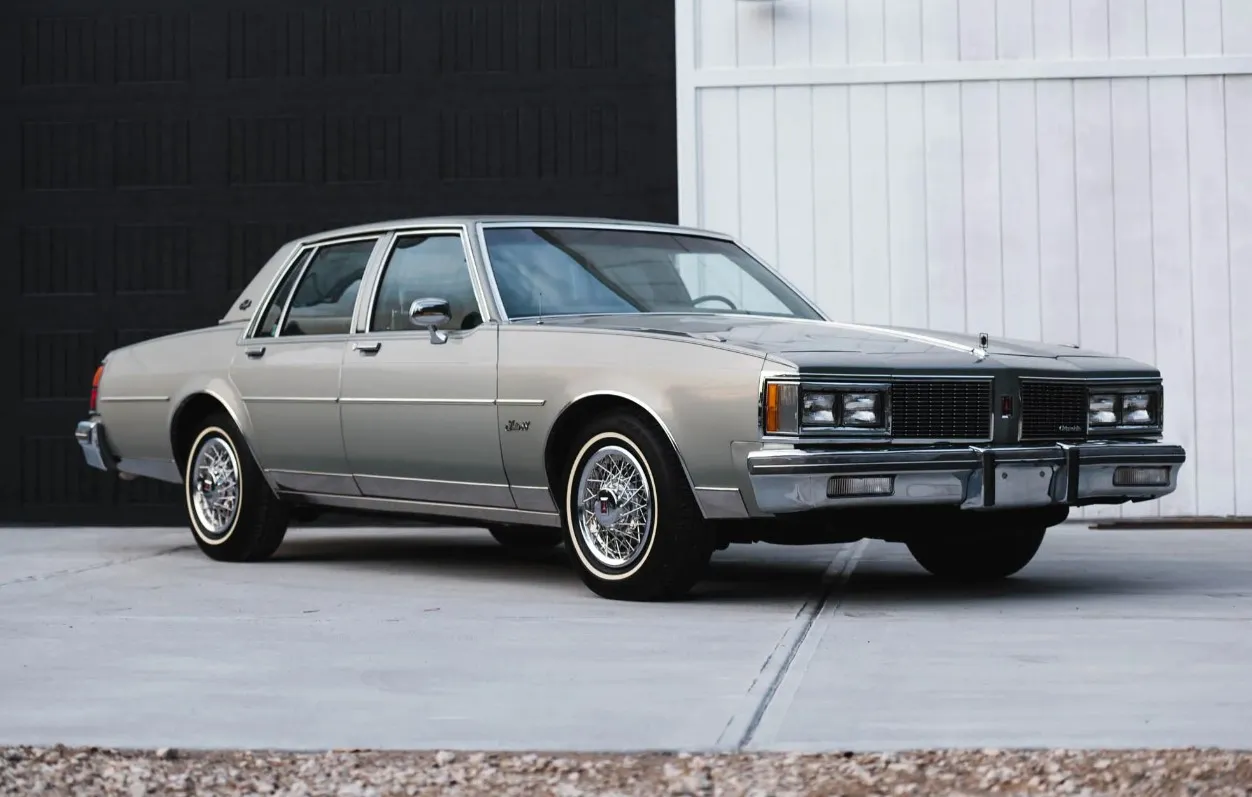The 1980 Ford Pinto occupies a unique space in automotive history. It was a car born from a confluence of factors - the rising tide of fuel prices, the demand for fuel-efficient vehicles, and the burgeoning import market. While not a powerhouse of performance or luxury, the Pinto carved a niche for itself, offering a practical and affordable option for budget-minded drivers. Yet, its legacy is forever intertwined with a safety controversy that continues to cast a long shadow.
Body Color: Euro Red
Engine Size: 4.6-Liter Northstar V8
Transmission Type: Four-Speed Automatic Transmission
(Scroll down for more videos & photos)

A Subcompact for a Changing Market

By 1980, the American automotive landscape was undergoing a dramatic shift. The oil crises of the 1970s had sent gas prices soaring, prompting a decline in demand for large, gas-guzzling muscle cars and luxury sedans. Meanwhile, fuel-efficient imports from Japan and Europe were gaining popularity. Ford, recognizing this trend, had introduced the Pinto in 1971 as its first subcompact offering.

The 1980 Pinto remained true to its subcompact roots. It was a lightweight car, available in three body styles: a two-door hatchback, a two-door fastback, and a station wagon. While not known for its breathtaking aesthetics, the Pinto offered a clean and functional design. The interior was basic but comfortable, with enough space for four occupants and a decent amount of cargo room, especially in the hatchback and wagon variants.
Design and Features

The 1980 Pinto offered a choice of three body styles: a two-door fastback, a three-door hatchback, and a two-door station wagon. The fastback was the sportier option, while the hatchback provided increased cargo versatility. The wagon, marketed as the Pinto Squire, catered to families seeking a practical subcompact.

Inside, the Pinto's interior was basic but functional. Vinyl upholstery was standard, with cloth being an optional upgrade. The dashboard housed essential gauges and controls, lacking the complexities of modern cars. However, for its time, the Pinto offered some interesting features. An available sunroof brought in light and air, while the optional Rallye package added sporty touches like a three-spoke steering wheel and styled wheels.
Engine and Performance: A Balance of Economy and Fun

Under the hood, the 1980 Pinto offered a range of four-cylinder engines, ranging from a fuel-sipping 2.0-liter unit to a more powerful 2.3-liter option. These engines weren't speed demons, but they provided enough pep for everyday driving and decent fuel economy. The Pinto could achieve up to 30 miles per gallon on the highway, a significant improvement over the gas-guzzlers of the past decade.

For those seeking a bit more excitement, Ford offered a "Pinto Pony" option with a sportier suspension and a more powerful engine. While not a muscle car by any stretch, the Pinto Pony provided a dose of driving fun for budget-minded enthusiasts.
Inside the Pinto

The Pinto's interior was basic but functional. The seats were vinyl or cloth, depending on the trim level, and the dashboard housed essential gauges and controls. Legroom and headroom were sufficient for most passengers in the front seats, though the rear seats could feel cramped for taller individuals.

Throughout its production run, the Pinto offered various trim levels, with the base model being quite spartan and the higher-end Pinto Squire offering amenities like upgraded upholstery and woodgrain trim.
The Dark Side of the Pinto: The Infamous Safety Recall

The 1980 Ford Pinto is undeniably tarnished by a safety controversy that continues to be debated to this day. In the mid-1970s, it was discovered that the Pinto, along with its Mercury Bobcat twin, had a potentially fatal design flaw. In a rear-end collision, the car's fuel tank could be punctured by the rear axle, leading to fires and explosions.

The controversy centered around Ford's cost-benefit analysis, which allegedly prioritized cost savings over safety improvements. This decision ultimately led to a massive recall, impacting millions of Pintos and Bobcats. The Pinto's safety issues, and the subsequent legal battles, left a permanent stain on the car's reputation.
Beyond the Controversy: A Legacy of Affordability and Efficiency

Despite the safety controversy, the 1980 Ford Pinto played a significant role in the American automotive market. It offered a practical and affordable option for drivers during a time of economic uncertainty and rising fuel costs. The Pinto helped to pave the way for the widespread adoption of subcompact cars in the United States, a trend that continues to this day.
The Collector's Eye: A Rare Find

Today, finding a well-preserved 1980 Ford Pinto is a challenge. Due to their utilitarian nature and the safety recall, many Pintos were scrapped or simply driven into the ground. However, for classic car enthusiasts who appreciate the car's historical significance, a well-maintained Pinto can be a unique and interesting addition to a collection.
Finding parts for a Pinto can be a bit more difficult compared to more popular classic cars. However, dedicated car clubs and online communities exist to help enthusiasts source parts and keep their Pintos running.
The Final Word: A Car of Contradictions

The 1980 Ford Pinto is a car of contradictions. It was an affordable and practical option for drivers during a time of change, yet its legacy is forever marred by the safety controversy. While not a performance powerhouse or a luxury car, the Pinto offered a glimpse into the future of fuel-efficient and practical transportation.
For classic car enthusiasts, the Pinto represents a unique chapter in automotive history. It's a reminder of a time when American car manufacturers were adapting to a changing market, and a cautionary tale about the importance of prioritizing safety. Whether loved or loathed, the 1980 Ford Pinto remains a significant car in the American automotive story.
Video Gallery
Photo Gallery





























